If you’re a seafood connoisseur with a refined palate and a penchant for exotic cuisines, then you’ve likely heard of the elusive Zebra Mantis Shrimp, more commonly known as the Phu Quy shrimp. These crustaceans are considered a “gourmet delicacy” in Hong Kong and Guangdong, renowned for their exorbitant price tag and exquisite, nutritious meat. Join us as we delve into the fascinating world of these unique shrimp and uncover the secrets that make them so highly prized.
1 What are Phu Quy Shrimp?
Phu Quy shrimp, scientifically known as Lysiosquillina maculata, are the largest members of the mantis shrimp family. Despite their name, these creatures belong to a separate order, Stomatopoda, distinct from the ten-legged crustaceans. With their impressive size and unique characteristics, they have earned a reputation as a premium delicacy.
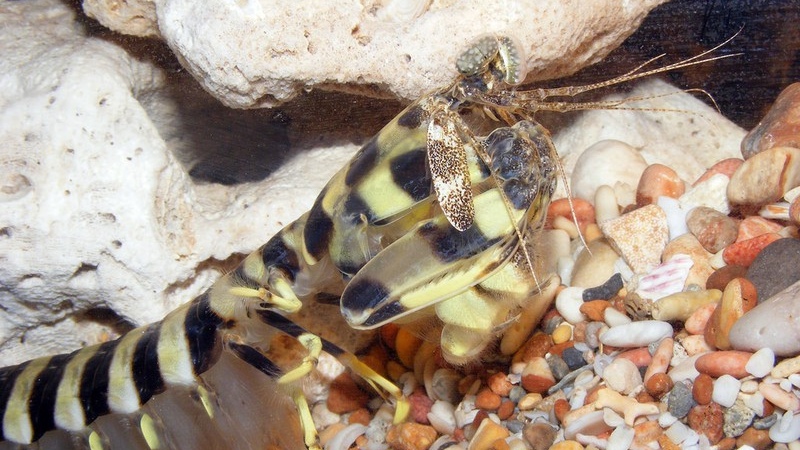 Phu Quy shrimp are the largest in the mantis shrimp family
Phu Quy shrimp are the largest in the mantis shrimp family
2 Characteristics of Phu Quy Shrimp
Phu Quy shrimp are carnivorous crustaceans known for their vibrant colors and resemblance to lobsters. They are larger in size and exhibit distinctive stripes or bands across their bodies, ranging from yellowish-cream to dark brown. These stripes are how they earned the moniker “zebra” shrimp.
Phu Quy shrimp are monogamous creatures. Male and female pairs form a lifelong bond and cohabitate in self-dug U-shaped burrows, rarely venturing out. The female takes on the role of caretaker for their offspring, while the male ventures out to hunt for food. These shrimp are formidable hunters, equipped with small, sharp appendages resembling lances, which they use to impale and tear their prey.
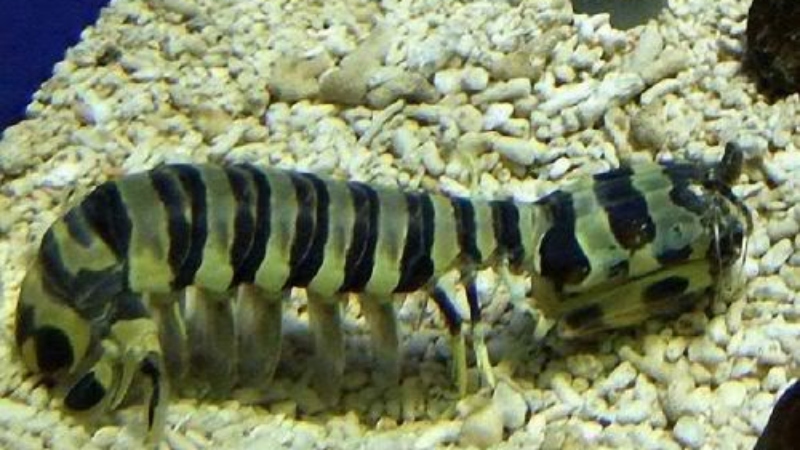 Phu Quy shrimp can grow up to 40cm in length
Phu Quy shrimp can grow up to 40cm in length
Growing up to impressive lengths of 40cm, these shrimp are the undisputed giants of their family. Their large size, coupled with their distinctive stripes, makes them easily recognizable.
3 Habitat of Phu Quy Shrimp
Phu Quy shrimp are highly adaptable and can be found in a variety of environments, including mud, sand, and coral-sand bottoms from low tide to depths of about 10 meters. They construct sturdy U-shaped burrows, up to 10 meters long, which they reinforce with a mixture of mucus and sand.
These shrimp are native to the seas of Southeast Asia and can also be found in the waters around the Hawaiian Islands, among other places.
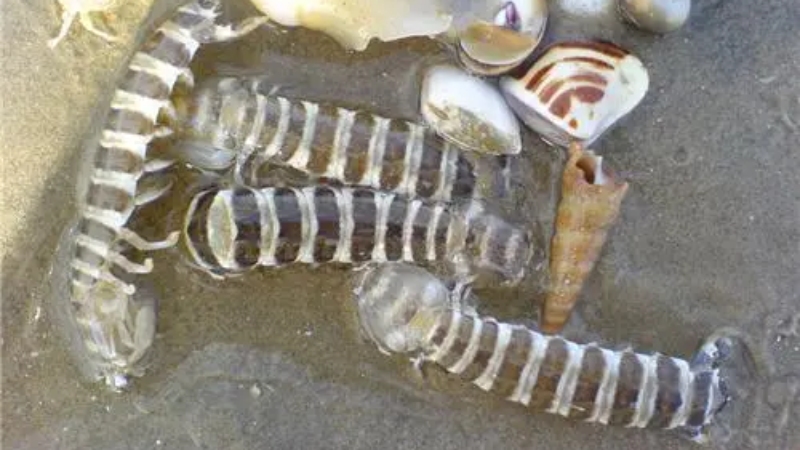 Phu Quy shrimp inhabit self-dug, U-shaped burrows
Phu Quy shrimp inhabit self-dug, U-shaped burrows
4 Diet and Hunting Techniques of Phu Quy Shrimp
Phu Quy shrimp have a varied diet, feasting on fish, shrimp, and crabs. Unlike other mantis shrimp species that crush their prey with hammer-like appendages, Phu Quy shrimp employ a different strategy. They are opportunistic ambush predators, using their sharp, saw-like appendages to impale and hold their prey.
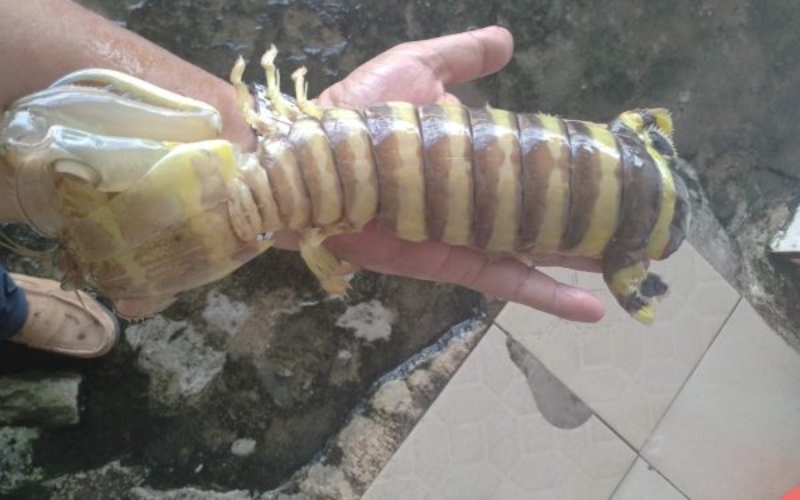 Phu Quy shrimp are opportunistic ambush predators
Phu Quy shrimp are opportunistic ambush predators
Lurking in their burrows, Phu Quy shrimp lie in wait for unsuspecting prey to wander by. When the moment is right, they pounce, impaling their soft-bodied prey with lightning-fast speed, reaching up to 2.3 m/s.
5 Fishing for Phu Quy Shrimp in Vietnam
Due to their large size and thin shells, Phu Quy shrimp are not commonly found in Vietnamese waters. Their meat is sweeter and firmer than that of their smaller cousins, making them a rare delicacy. Unfortunately, their scarcity drives up their price, making them a luxurious treat.
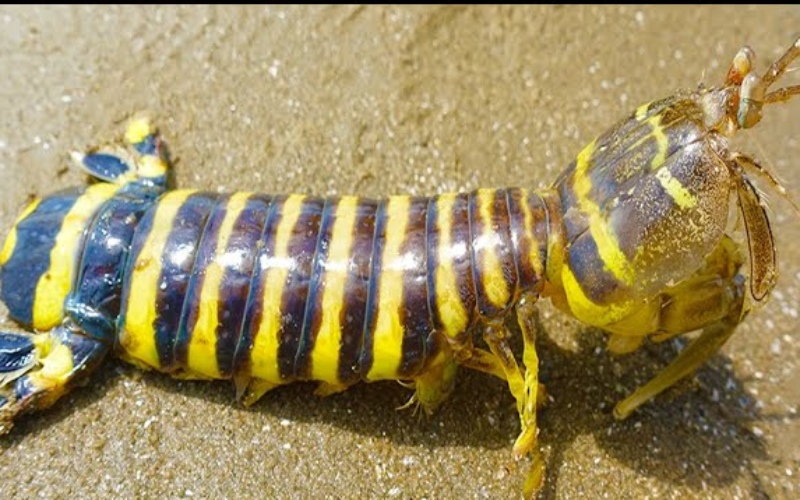 Phu Quy shrimp are a rare delicacy in Vietnam
Phu Quy shrimp are a rare delicacy in Vietnam
6 Market Price of Phu Quy Shrimp in Vietnam
In Ho Chi Minh City, Phu Quy shrimp command a premium price:
- Size 4-6 shrimp/kg and above: VND 1,350,000/kg
- Size 7-8 shrimp/kg and above: VND 850,000/kg
- Size 9-10 shrimp/kg and above: VND 750,000/kg
Phu Quy shrimp are indeed a luxurious treat, and those wishing to indulge must be prepared to spend accordingly.
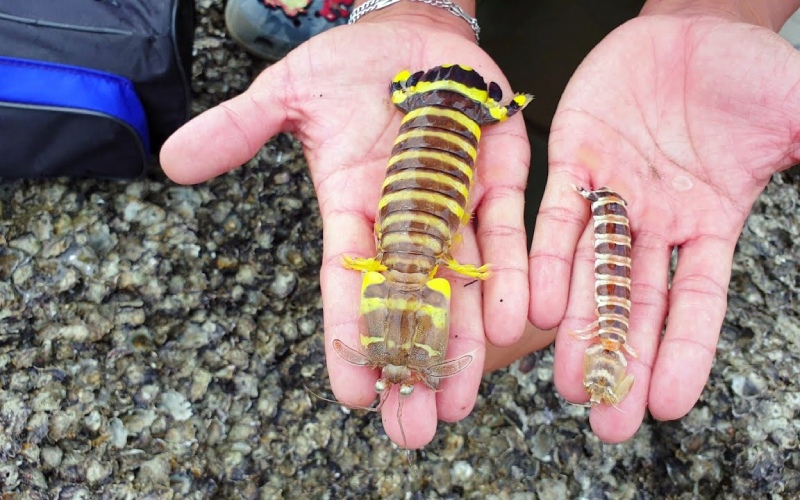 Phu Quy shrimp are an expensive delicacy
Phu Quy shrimp are an expensive delicacy
Due to their rarity, purchasing Phu Quy shrimp requires diligence and a bit of luck. Keep an eye on e-commerce platforms and reputable seafood groups to increase your chances of acquiring these elusive shrimp.
7 Delicious Dishes Made with Phu Quy Shrimp
Phu Quy shrimp are beloved for their firm texture and sweet, savory taste. They are often prepared in a variety of ways, including steaming, grilling, and stir-frying. Here are some mouthwatering dishes you can create with these shrimp:
Steamed Phu Quy Shrimp with Lemongrass
This dish is a delight for the senses, combining the aromatic fragrance of lemongrass with the natural sweetness of the shrimp. The shrimp are steamed to perfection, retaining their tender texture and delicious flavor. Served with a spicy, tangy, and salty dipping sauce, it’s a perfect dish to share with friends and family on weekends.
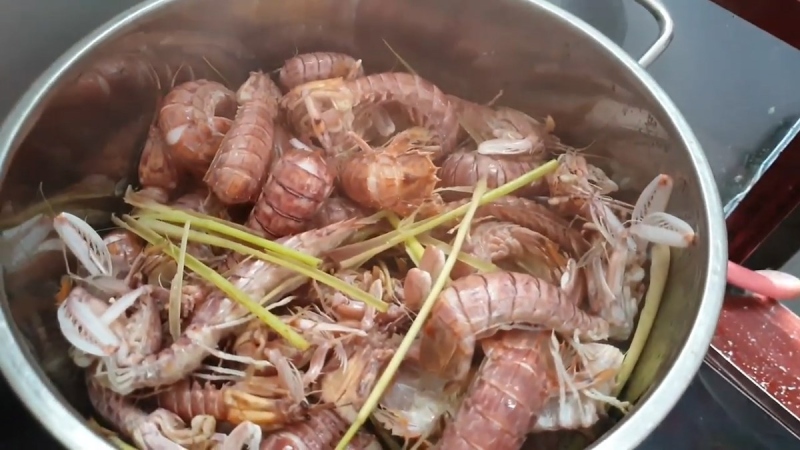 Steamed Phu Quy Shrimp with Lemongrass
Steamed Phu Quy Shrimp with Lemongrass
Grilled Phu Quy Shrimp with Garlic
If you’re looking for the perfect drinking snack to enjoy with friends, look no further than grilled Phu Quy shrimp with garlic. The aromatic garlic enhances the natural sweetness of the shrimp, resulting in a mouthwatering combination of sweet and savory flavors. The firm texture of the shrimp and the crispy, golden garlic cloves make for a delectable treat.
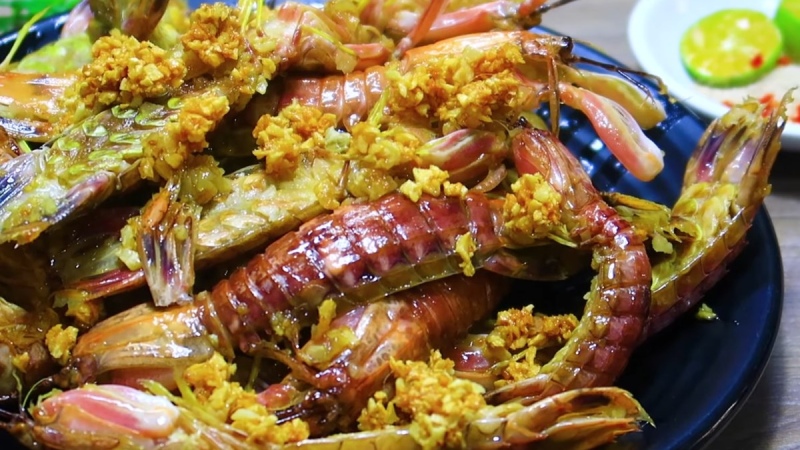 Grilled Phu Quy Shrimp with Garlic
Grilled Phu Quy Shrimp with Garlic
Stir-fried Phu Quy Shrimp in Tamarind Sauce
Tamarind sauce is a popular choice for seafood dishes, adding a tangy, sweet, and sour flavor that enhances the natural taste of the shrimp. The shrimp are coated in a delicious tamarind sauce, creating a beautiful presentation and a burst of flavor in every bite. Served with lime, chili, and pepper salt, this dish is a perfect balance of sweet, sour, and spicy flavors.
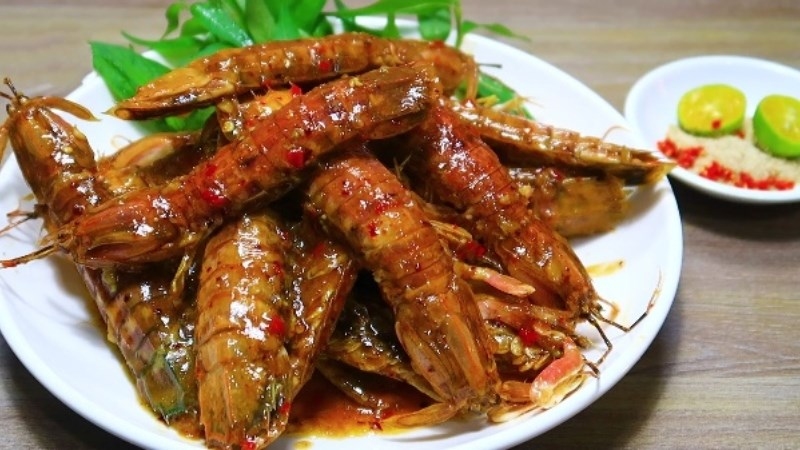 Stir-fried Phu Quy Shrimp in Tamarind Sauce
Stir-fried Phu Quy Shrimp in Tamarind Sauce
Now you know all about Phu Quy shrimp, from their habitat and hunting techniques to the delicious dishes they inspire. Stay tuned as we continue to explore unique ingredients from around the world in future articles.































